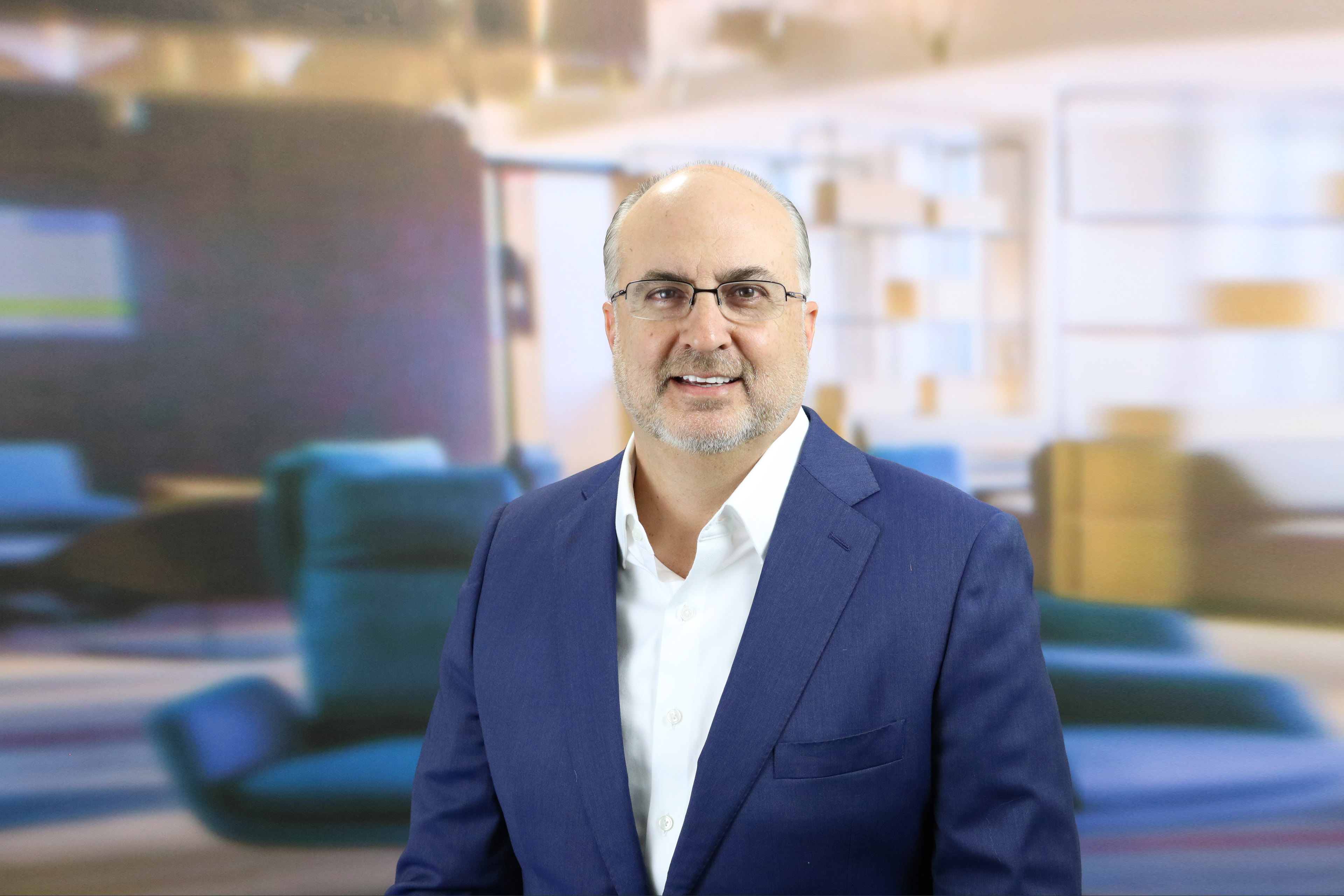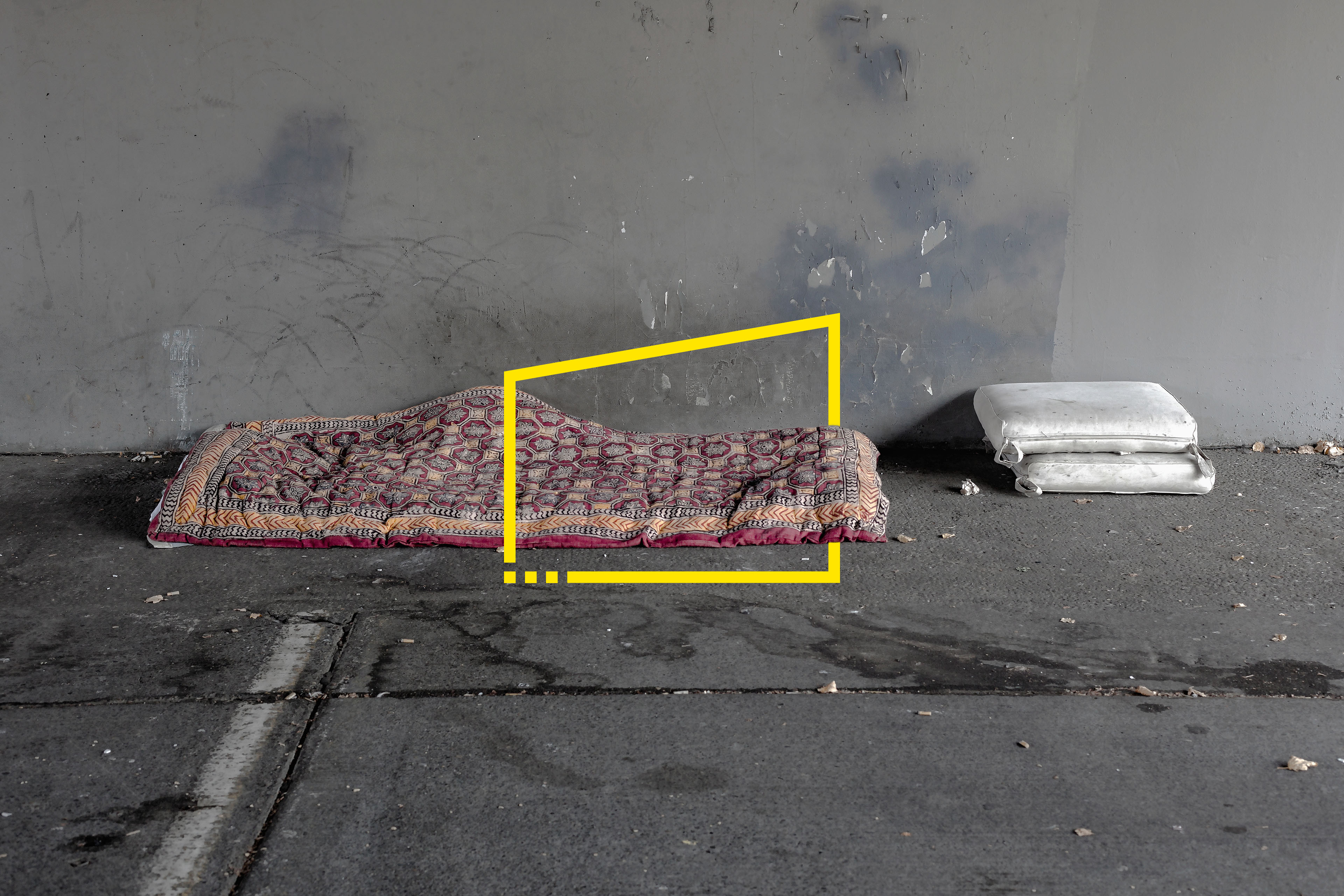EY refers to the global organization, and may refer to one or more, of the member firms of Ernst & Young Global Limited, each of which is a separate legal entity. Ernst & Young Global Limited, a UK company limited by guarantee, does not provide services to clients.
How EY can help
While their peers focus on their post-high-school futures and rites of passage, knowing they can fall back on family structures and headquarters, many former foster youths enter this phase of new adulthood and independence with additional challenges.
We want former foster youth to know they are not alone. Resources and assistance programs are available. Unfortunately, navigating them is a challenge that places additional burdens on those who need help. The trials and risks are even greater for young people who may lack self-advocacy skills and are still suffering the trauma and stress of being removed from their biological family, having grown up in unfamiliar homes.
My own family experience has taught me just how much this population needs support — and how the current system is falling short. I have three grown children, the youngest of whom, my daughter Grace, came to us through the foster care system. Even with our loving support and parenting, we found that at times the system was a complex, confusing minefield. It’s sad but not surprising to me that so many people slip through.
We have the opportunity to modernize and improve access to resources that already exist. We can help these youths access all of the benefits they are entitled to and eligible for, so that they can determine their own goals and become self-sustaining. They can trade simply surviving for thriving.
The risks of not getting foster care transition right
The risks are terrifyingly high for a young person emancipating from the child welfare system without a strong support network. Housing instability or homelessness affects prospects for future educational attainment, employment, health and wellbeing and family preservation.
Predators see opportunity. Homeless foster youths are at high risk of human trafficking. Seven in 10 women who age out of foster care will become pregnant before age 21.⁴
Eight in 10 foster youths experience significant mental health issues.⁵ Many who age out develop a criminal record. Only 50% find employment by age 24.⁶ One in two will develop a substance abuse dependence.⁷






